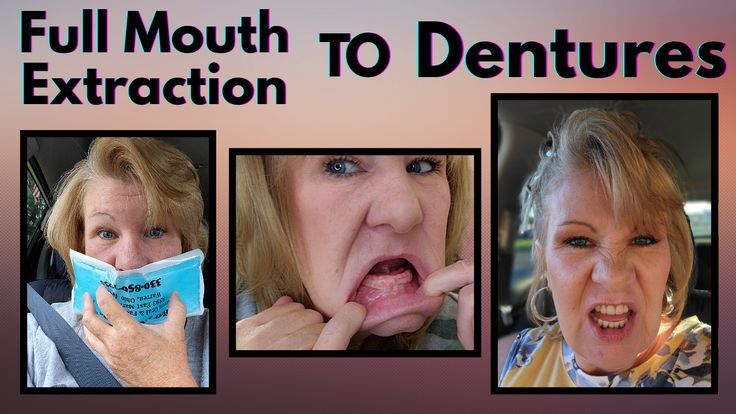Headache And Teeth Hurt: Find Instant Relief
The debilitating combination of a headache and tooth pain can be a challenging condition to endure, affecting daily activities and overall well-being. This dual discomfort often leaves individuals searching for immediate relief. Understanding the potential causes and exploring various treatment options can provide valuable insights into managing these symptoms effectively.
Causes of Combined Headache and Tooth Pain
The relationship between headaches and tooth pain can be complex, with several factors contributing to the co-occurrence of these conditions. Some common causes include:
- Tooth Decay or Abscess: Severe tooth decay or an abscess can lead to referred pain, being felt as a headache due to the close proximity of nerves.
- Temporomandibular Joint (TMJ) Disorder: The TMJ connects the jawbone to the skull, and disorders affecting this joint can cause both facial pain and headaches.
- Bruxism: Grinding teeth can lead to tension headaches and tooth pain due to the strain on the jaw muscles and teeth.
- Gum Disease: In advanced stages, gum disease can cause pain that might be perceived as both tooth and headache pain.
- Sinus Pressure: Since the sinuses are located close to the teeth and the brain, pressure or infection in the sinuses can cause both headaches and tooth pain.
Immediate Relief Strategies
For individuals experiencing both headache and tooth pain, finding immediate relief is crucial. Here are some strategies that may help:
Pain Relief Medication: Over-the-counter pain relievers such as ibuprofen (Advil, Motrin) or acetaminophen (Tylenol) can help alleviate both headache and tooth pain. However, it’s essential to follow the recommended dosage and consult a healthcare provider before taking any medication, especially if considering long-term use.
Cold or Warm Compresses: Applying a cold or warm compress to the cheek or forehead can help reduce pain and ease discomfort. Some people find relief with cold temperatures, while others prefer warmth.
Rest and Hydration: Getting plenty of rest and staying hydrated can help alleviate headache symptoms. Dehydration is a common cause of headaches, and ensuring adequate fluid intake can provide relief.
Gentle Massage: Massaging the temples or the jaw area gently can help relax tense muscles that may be contributing to the pain.
Dental Care: Maintaining good oral hygiene can prevent issues like tooth decay or gum disease that might lead to pain. Brushing teeth gently and avoiding hard or sharp foods can help manage tooth sensitivity.
Long-Term Solutions
While immediate relief strategies can provide temporary comfort, addressing the underlying cause of the pain is crucial for long-term management. This may involve:
- Dental Check-Up: Regular dental check-ups can help identify and treat dental issues early, preventing more severe problems.
- TMJ Treatment: If TMJ disorder is the cause, treatment may include a mouth guard to prevent teeth grinding, physical therapy, or in severe cases, surgery.
- Stress Management: Since stress can exacerbate conditions like bruxism, learning stress management techniques such as meditation, deep breathing, or yoga can be beneficial.
Prevention
Preventing headaches and tooth pain involves a combination of good oral hygiene practices, stress management, and regular health check-ups. Some preventive measures include:
- Regular Dental Visits: Early detection of dental issues can prevent pain and more severe problems.
- Healthy Diet: Avoiding sugary and acidic foods can help prevent tooth decay.
- Proper Brushing and Flossing: Maintaining good oral hygiene practices can prevent gum disease and tooth decay.
- Avoiding Grinding Teeth: Being mindful of grinding teeth, especially during sleep, and using a mouth guard if necessary.
Finding instant relief from the combination of headache and tooth pain requires a multifaceted approach, considering both the immediate need for pain reduction and the long-term goal of addressing the underlying cause. By understanding potential causes, exploring various relief strategies, and focusing on prevention, individuals can better manage these symptoms and improve their overall quality of life.
What are the common causes of combined headache and tooth pain?
+The common causes include tooth decay or abscess, Temporomandibular Joint (TMJ) Disorder, bruxism, gum disease, and sinus pressure. Each of these conditions can lead to pain that is felt in both the teeth and the head.
How can I find immediate relief from headache and tooth pain?
+Immediate relief can be found through the use of pain relief medication, cold or warm compresses, rest, hydration, and gentle massage. It's also important to maintain good oral hygiene and consider visiting a dentist to address any underlying dental issues.
What are some long-term solutions for managing headache and tooth pain?
+Long-term management involves addressing the underlying cause of the pain. This can include dental treatments for issues like tooth decay or gum disease, TMJ treatment, and stress management techniques to prevent bruxism. Regular dental check-ups and a healthy diet are also crucial for prevention.
In conclusion, the interplay between headache and tooth pain is complex and multifaceted, requiring a comprehensive approach to achieve relief and manage symptoms effectively. By combining immediate relief strategies with long-term solutions and preventive measures, individuals can mitigate the impact of these conditions on their daily lives.
